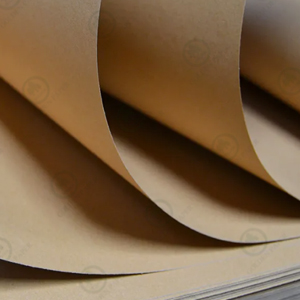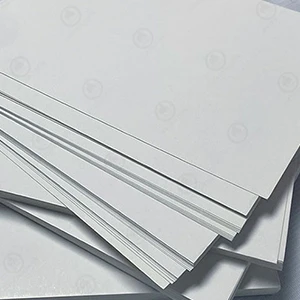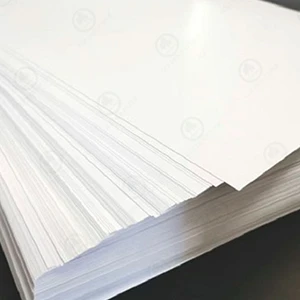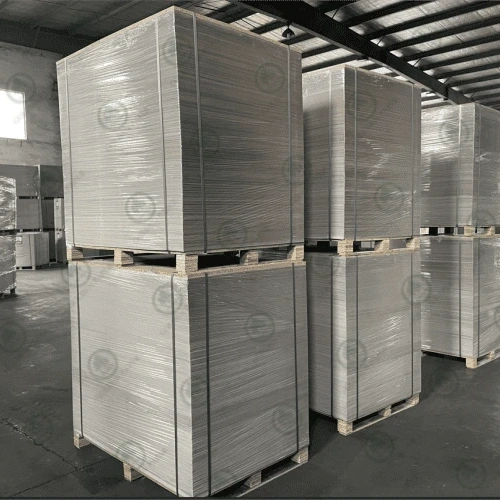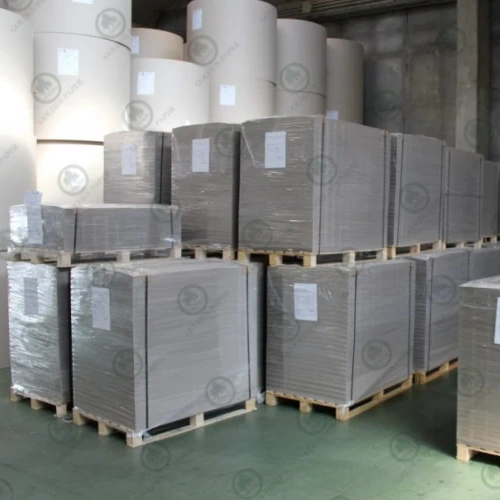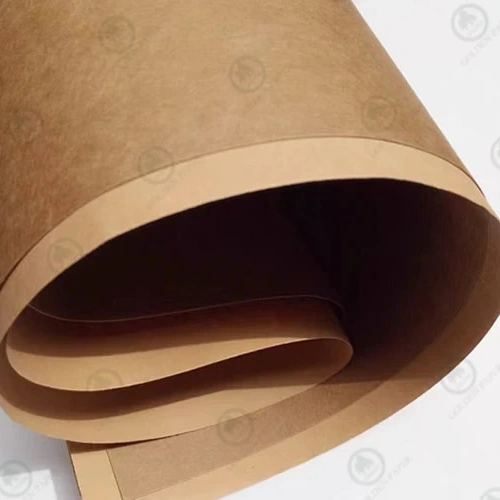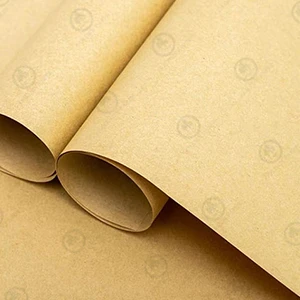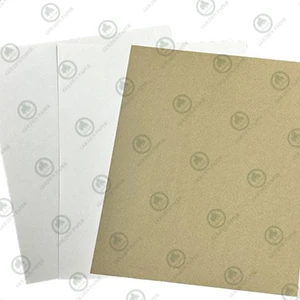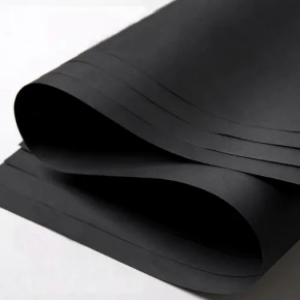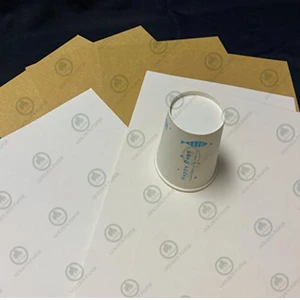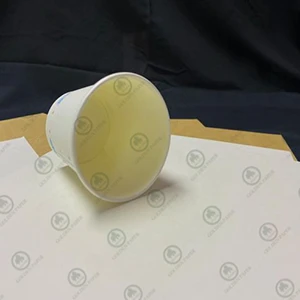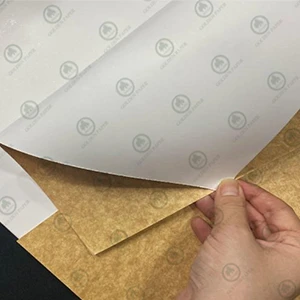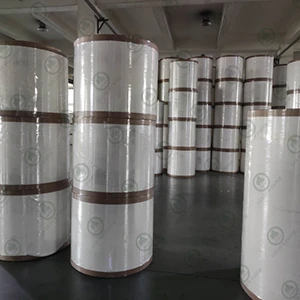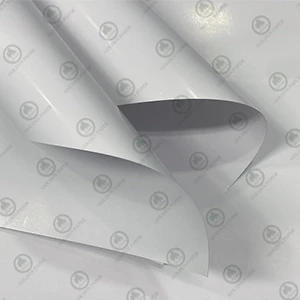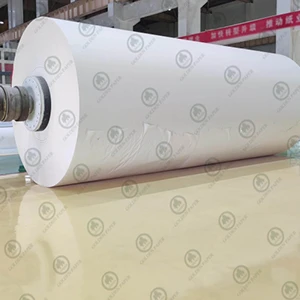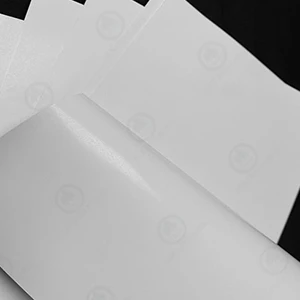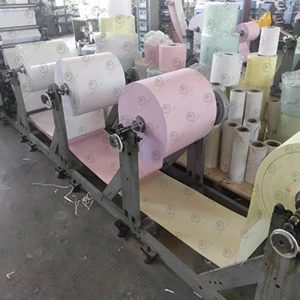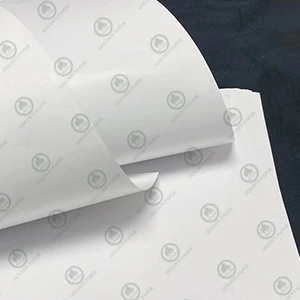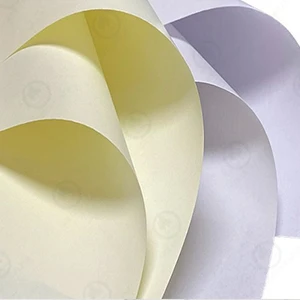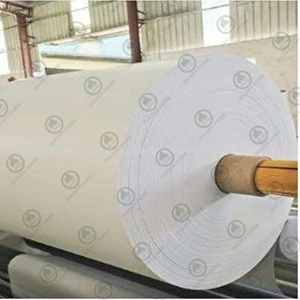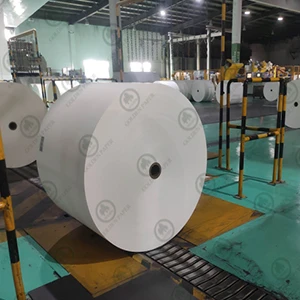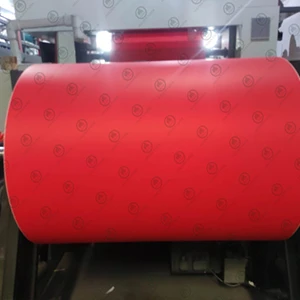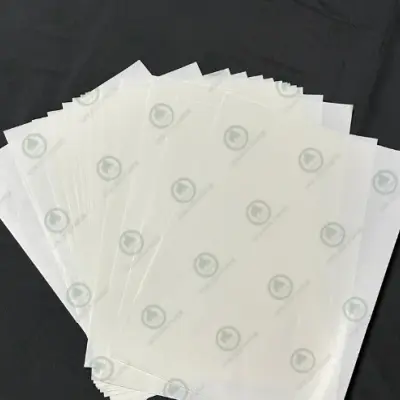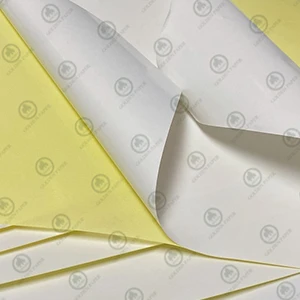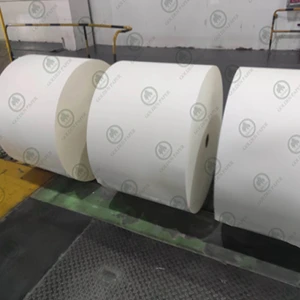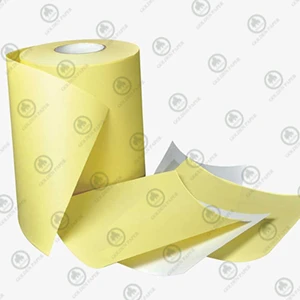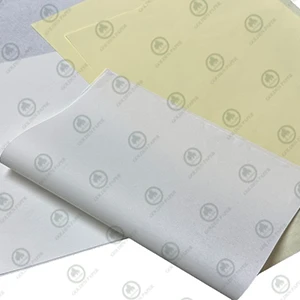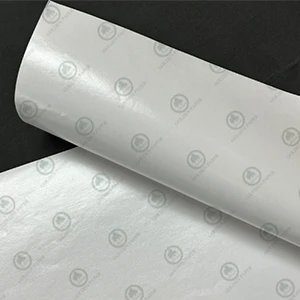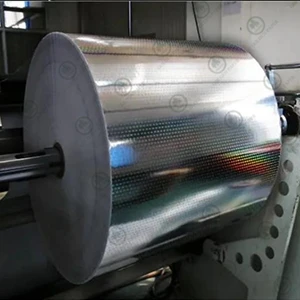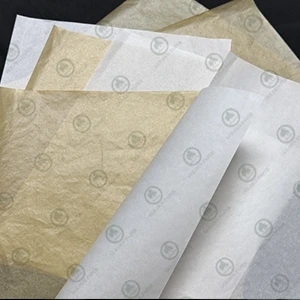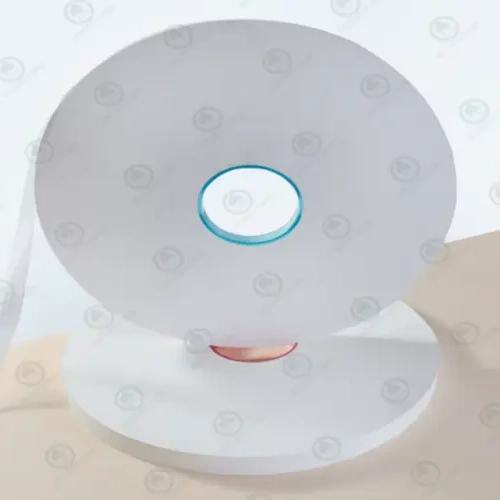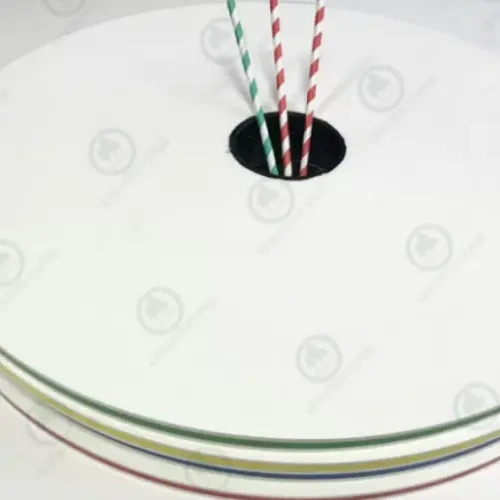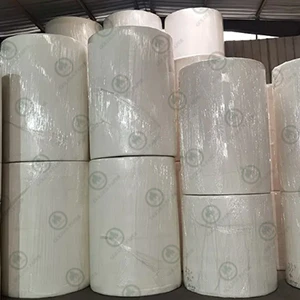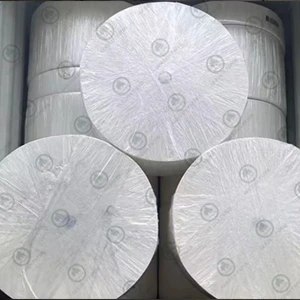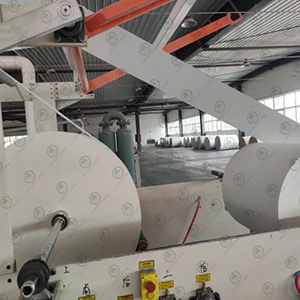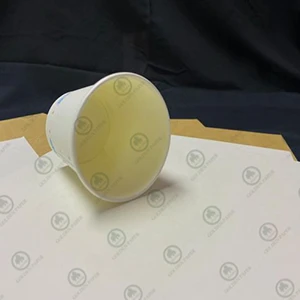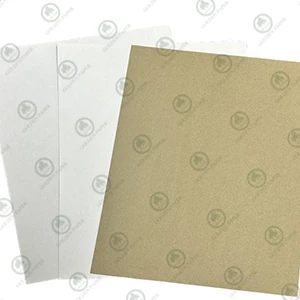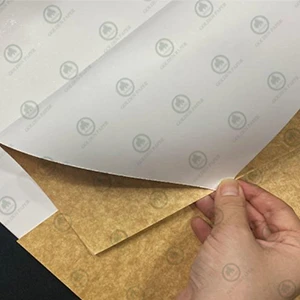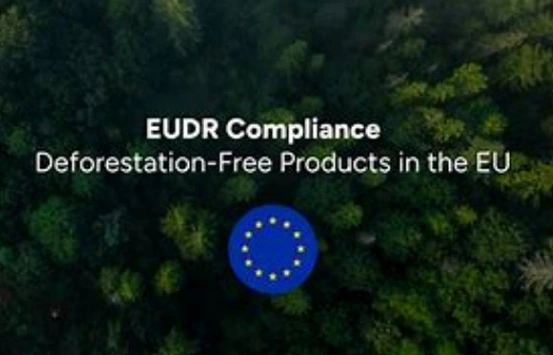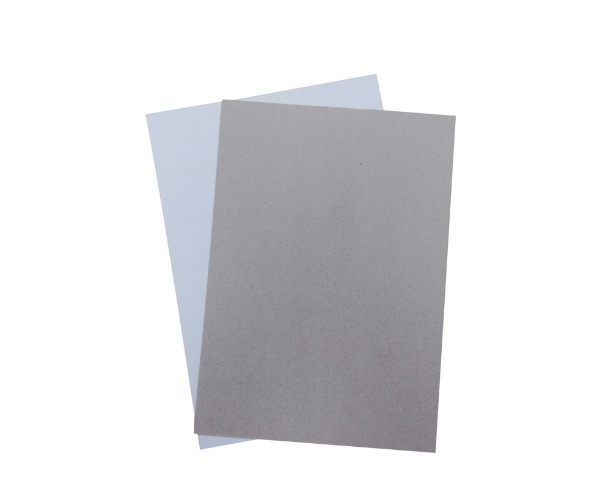Introduction
As global plastic bans tighten and eco-conscious consumers demand greener options, paper-based packaging is emerging as a practical and sustainable alternative to traditional plastics. From food packaging to retail bags, paper replacing plastic is no longer just a trend—it's becoming the new standard.
In this blog, we'll explore why more industries are moving away from plastic, how paper packaging can meet performance demands, and what steps your business can take to stay ahead of the curve.
Why Replace Plastic with Paper?
Environmental Regulations Are Getting Tougher
Governments around the world are enforcing bans on single-use plastics, including straws, bags, and food containers. Businesses are now under pressure to shift toward plastic-free packaging solutions to stay compliant and competitive.
Consumer Demand for Sustainability
Today's customers care about what their products are made of—and how they're packaged. Brands that adopt eco friendly paper packaging often see improved customer loyalty and brand image.
Corporate Sustainability Goals (ESG)
Replacing plastic with recyclable paper materials helps companies reduce their carbon footprint and meet environmental, social, and governance (ESG) standards. It's no longer just about packaging—it's about brand responsibility.
The Advantages of Using Paper Instead of Plastic
Renewable Resources
Paper is primarily made from wood pulp, which comes from managed forests and is fully renewable.
Biodegradable and Recyclable
Unlike plastic, paper breaks down naturally and can be widely recycled. It doesn't contribute to long-term landfill or ocean pollution.
Customizable and Print-Friendly
Paper surfaces work well with a variety of printing methods, making it easy to showcase your brand with vibrant, eco-conscious packaging.
Versatile for Multiple Applications
Modern paperboards offer excellent stiffness, grease resistance, and moisture control, making them suitable for everything from takeout boxes to luxury retail packaging.
Popular Paper-Based Alternatives to Plastic
Food-grade packaging paper: Greaseproof paper, PE-coated paper, and coated kraft board (CKB) for burger wraps, snack boxes, and takeout containers.
E-commerce and logistics packaging: Corrugated cardboard, honeycomb paperboard, and protective kraft paper.
Paper shopping bags: Replacing plastic shopping bags with sturdy kraft paper bags in retail and grocery.
Compostable paper straws, cups, and spoons: Ideal for cafes, food service chains, and airlines.
SBS and white kraft paperboard: Used in high-end product boxes, cosmetics, and tech device packaging.
Is Paper Always More Eco-Friendly than Plastic?
Not necessarily—eco-friendliness depends on the full lifecycle of a product. While paper is biodegradable, production can be energy-intensive if not managed sustainably. To ensure your packaging is truly sustainable:
Look for FSC-certified paper sourced from responsibly managed forests
Choose suppliers with strong environmental compliance
Avoid excessive plastic coatings; opt for water-based or biodegradable coatings
Promote recyclable, minimal-design packaging to reduce waste
How to Transition to Paper-Based Packaging
Understand Your Packaging Needs
Different paper types serve different purposes. For example:
CKB (coated kraft board) for grease- and moisture-resistant food boxes
GC1/GC2 and SBS board for high-end retail or cosmetic packaging
Corrugated board for shipping and transport packaging
Partner with a Trusted Paper Supplier
A professional supplier can help you select the right material and offer custom eco paper solutions that align with your product requirements and cost targets.
Stay Ahead of International Packaging Regulations
Each region has its own plastic packaging rules. For instance:
The EU strongly promotes compostable and paper-based materials
Japan favors simple, recyclable paper wrapping
North America is seeing a rising demand for biodegradable takeout packaging
Conclusion
Switching to paper-based packaging isn't just good for the environment, it's smart business. It strengthens your brand, keeps you compliant with regulations, and aligns your operations with growing global values around sustainability. If you're exploring new eco paper packaging solutions for food, retail, or industrial use, as a professional paper supplier, we Golden Paper provide a wide range of recyclable, food-safe, and FSC-certified paper products tailored to your needs.
 GOLDEN PAPER
GOLDEN PAPER
 EN
EN
 fr
fr  de
de  es
es  it
it  ru
ru  pt
pt  ar
ar  vi
vi  tr
tr  id
id 